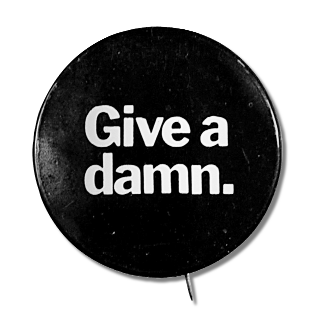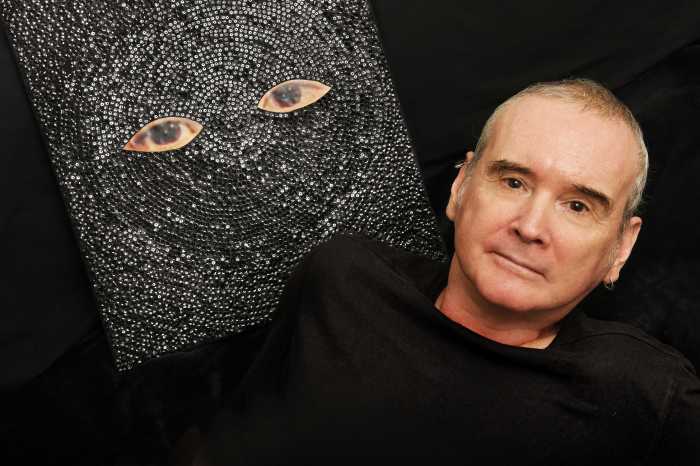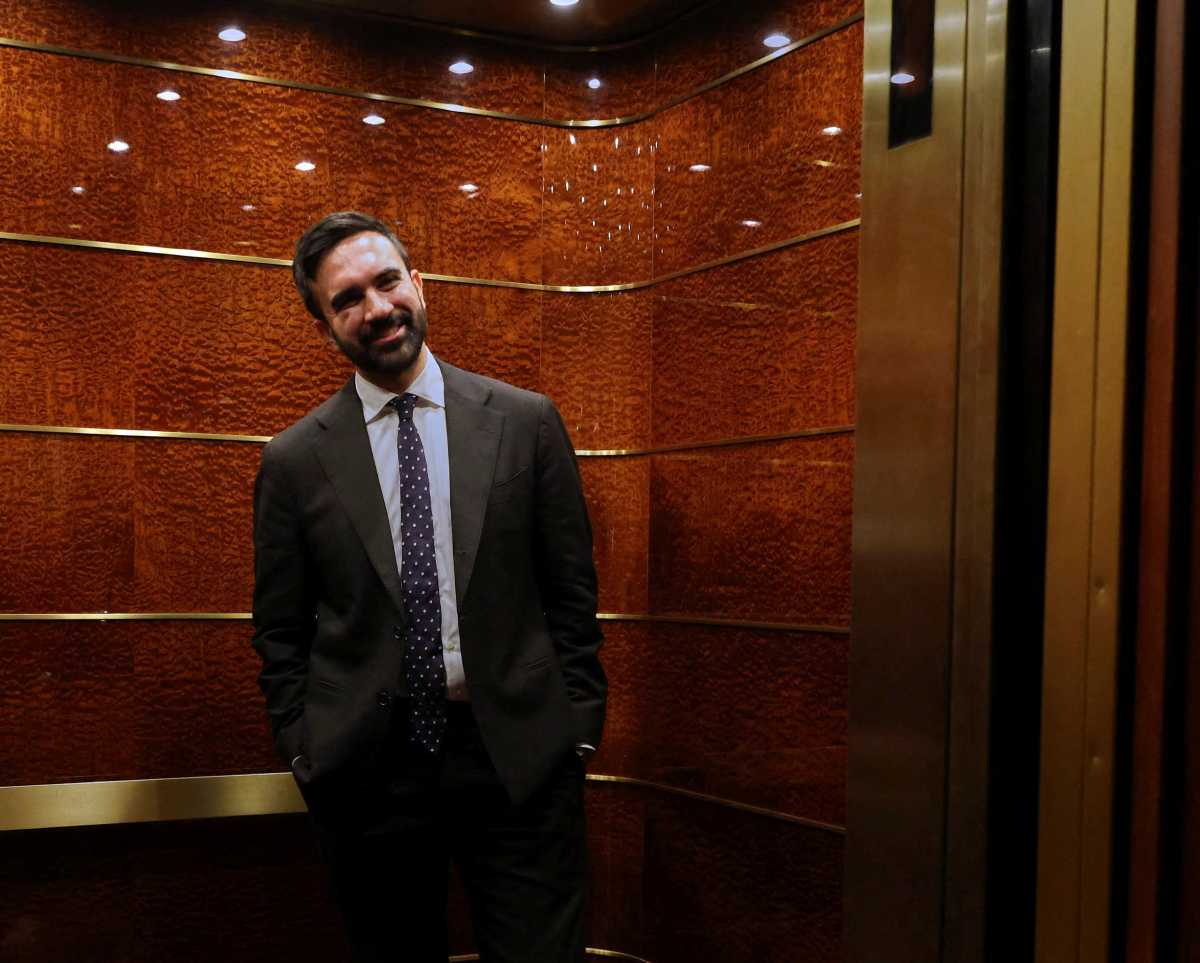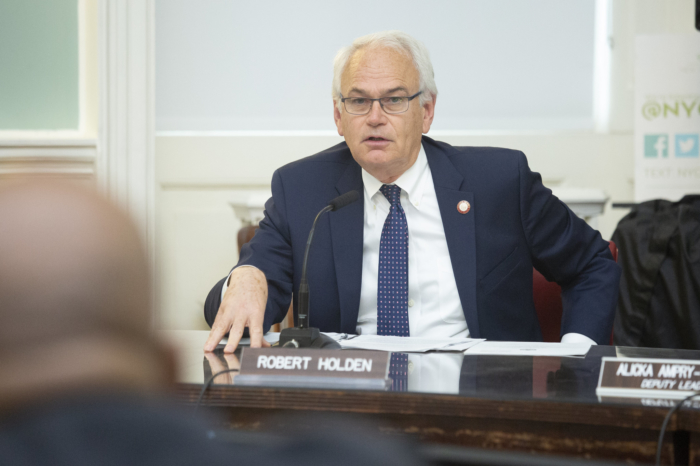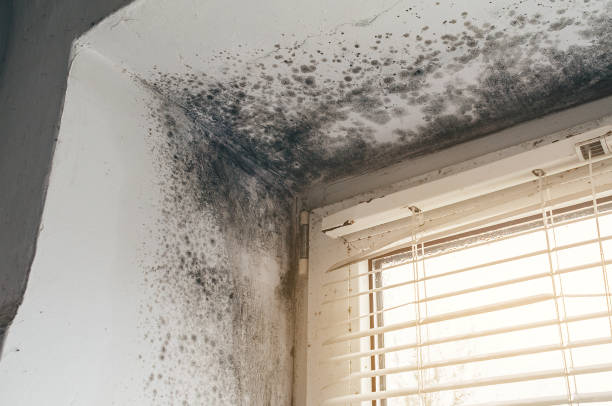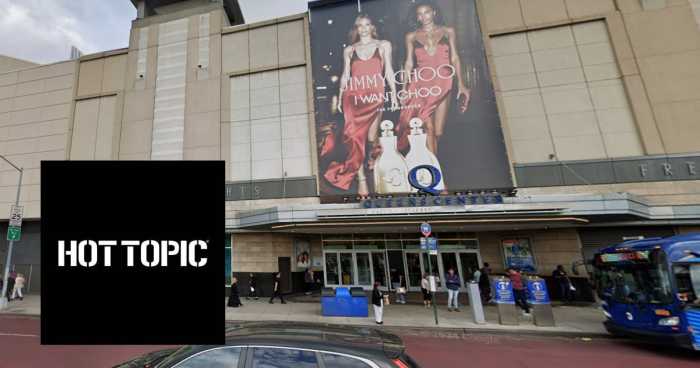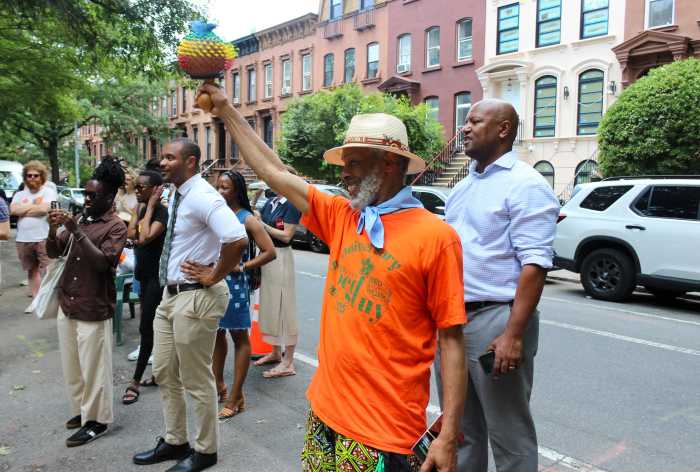By Jefferson Siegel
It’s an August Sunday in 1968 and I’m flying West on TWA to the Democratic Convention, which is being held in the well-managed city of Chicago. The events of that fateful week represent an interesting contrast to this week’s events because of the personal passions and violent confrontations that altered the political landscape of 1968.
The similarities are obvious; there was a war underway and the country’s opinion of government policy was just as polarized as it is today. For those in the anti-war movement of the time, Chicago and the convention became an irresistible gravitational force. If you wanted to change the world, you had to be there to participate and bear witness. In looking back at hundreds of my photos from that week, key words erupt from memory: moratorium, mobilization, coalition, Poor People’s Campaign, Clean for Gene. Numerous causes, all ultimately part of the same movement.
As Republican delegates arrived here this past weekend, they no doubt received a warm welcome, and, of course, that value-packed “goodie bag” filled with coupons, maps, books and, for a lucky few, Broadway or U.S. Open tickets. In 1968, arriving in Chicago that afternoon brought tepid words of welcome from a few half-hearted “greeters” who were less than thrilled to see all those longhairs deplane. The terminal displayed large signs proclaiming: “Welcome to Chicago. Mayor Richard J. Daley.” The unmistakable subtext: Big Brother is watching. It was a more ominous portent than Ed Koch’s request to this week’s protesters to “behave.”
Mayor Daley was leader of the powerful Illinois political machine and his rule over his city was total. Pictures and posters of Daley were everywhere; pick up the phone in the hotel room and there was a small plastic clip on the cradle with a welcome greeting with Daley’s picture. Walk on the street and that welcome message hung from the lampposts. The welcome-but-behave message was reinforced any time you saw a policeman wearing sunglasses and a riot helmet and holding a club.
This past Sunday, while photographing the United for Peace and Justice march down to Union Sq., I found myself in front of the impromptu news conference by Leslie Cagan, Jesse Jackson and others. I had to marvel at the sight of video cameras pointed from every angle, of digital cameras of varying megapixels held over heads and cell phone cameras held in the air like matches at a rock concert to grab an image that could, in moments, be e-mailed to a Web site or blog.
In the America of 1968, cameras were not as ubiquitous. And Chicago saw to it that media coverage was seriously hampered. There were only three TV networks, no cable TV, no satellites and no CNN. The media was welcomed with a phone workers strike that guaranteed no live TV coverage from any portion of the city where protests might occur. Ultimately, protests were videotaped, then the tape was rushed back to a studio and aired an hour or more later. Protesters and locals alike were seriously inconvenienced by a transit strike that made walking the primary mode of transit at a time when no one wore sneakers. In Chicago, the convention hall was on the edge of town and access was limited to buses with darkened windows. By comparison, New York is an open city where the transit goes everywhere and the locals will tell you, with varying interpretations, where to go and how to get there.
In the heat and humidity of last Sunday’s march, almost everyone had a water bottle, as they do most days of the year; in 1968, no one ever carried water. No Starbucks, no vitamin drinks, no power bars. But back then there was soda. One night as the tear gas wafted over from the park toward the Conrad Hilton, I went inside to catch my breath and found one of those convention perks: a free Coke dispenser. I enlisted a friend and we took some dresser drawers, filled them with cups of coke and took them out to the choking protesters. A hotel employee suggested we not return for refills. But later that night tear gas forced me back inside, and, after coughing and rubbing my eyes, I looked up to see the folk singer Phil Ochs, who asked if I was O.K. My reply was to take his picture. Phil didn’t mind, as the concept of paparazzi was alien to the ’60s music scene.
This week, the N.Y.P.D. is out in force, and community affairs officers try to anticipate and defuse problems. Chicago responded to the situation by calling up the National Guard. The Guard was there in force with fixed bayonets on their rifles and military police jeeps with racks of razor wire attached to their front to disperse crowds. And though the Guard did not impale protesters with those bayonets, two years later the Ohio National Guard opened fire on student protesters at Kent State University, killing four and setting off a wave of protests in New York and across the country. The Chicago postscript may have been written in Lower Manhattan in 1970: As mobs of construction workers attacked student demonstrators in the shadow of City Hall, the police stood by, watching.
Though the Critical Mass bicyclists who were arrested last Friday may disagree, this past weekend the police appear to have been patient and polite, considering the heat, humidity and their cancelled vacations. The past several days, as I stood in the street taking pictures and officers requested, “Sir, please step back on the sidewalk,” I recalled in Chicago how having a camera meant wearing a target around your neck and how billy clubs were used to convey the message to move along.
Union Sq. has a history as a gathering place for protesters. Many of this week’s protest marches are scheduled to either begin or end there. At Sunday’s gathering, the police massed on the periphery, their most prominent activity being directing traffic and crowd control. At one point they swarmed into the crowd to make two arrests, and just as quickly retreated. For the most part, it seemed neither side wanted any trouble.
Chicago 1968 resulted in the phrase “police riot.” From what I saw this past weekend, it seems some things may have changed for the better. Perhaps the turmoil of the ’60s was necessary for the growth of our political empowerment, which is the reason protesters are again out in force this week.
Read More: https://www.amny.com/news/the-big-story-inside-the-media-machine-at-the-r-n-c/



